Travel Guide to Ladakh is a remote place belonging to a northern state of India, which for some reason does not receive as many visitors as the rest of the country. Why will it be? I was wondering. This region is somewhat far away and difficult to access. People generally don’t know about it. It doesn’t sound like it. Why? Perhaps it has to do with the fact that here you cannot enjoy the Hindu culture, which is one of the main reasons to go to India.
Well then what’s up Travel Guide to Ladakh? Ladakh is a region of the Himalayas inhabited by authentic Tibetans. Some call it the little Tibet, and for the Indians themselves, it is the favorite place to spend their holidays in India. Why? India is a country where chaos, over-population, traffic, and stress reign, and Ladakh is a place that differs from all these stereotypes. In Ladakh you breathe calm and silence; And combined with the sublime landscape and the Tibetan culture that inhabits every corner, sometimes you even forget that you are actually in India.
With all this, and based on my own experience, the following contains useful tips for your trip, be it prices, accommodation or transportation, as well as a summary of the main things to see and do by region, with the aim that you are more prepared and know what awaits you during your trip to Ladakh.
Otherwise, you want more detailed information about what to do or visit in Ladakh, I advise you to be inspired by any of the following:
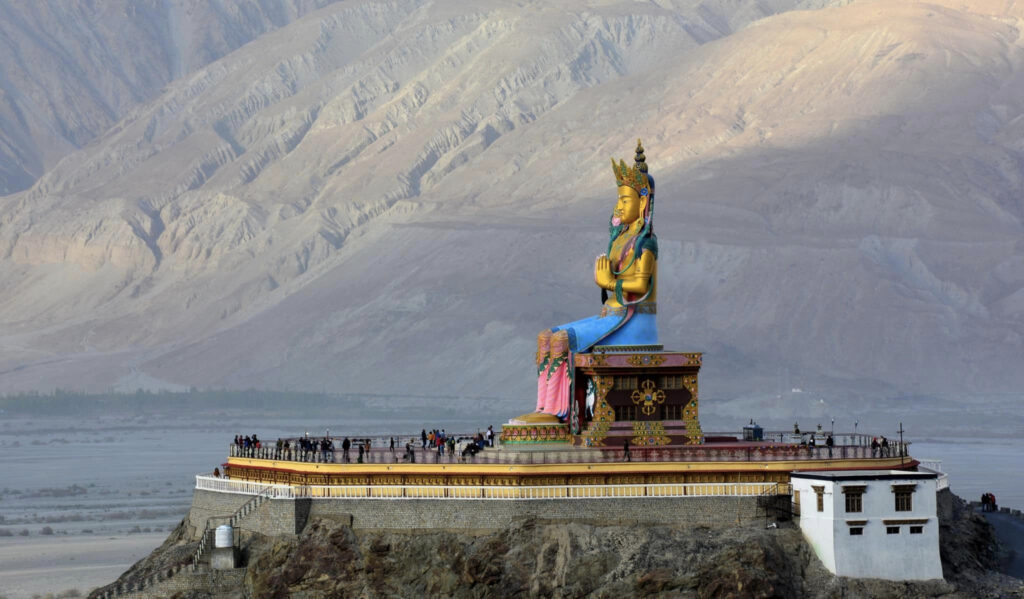
Ladakh is a province that belongs to the state of Jammu and Kashmir, but now a new territory that extends from the Kunlun mountain range to the Himalayans mountain range. Ladakh is a region situated at a very high altitude. The capital Leh, is located 3,500 meters above sea level and has many peaks that exceed 6,000m.
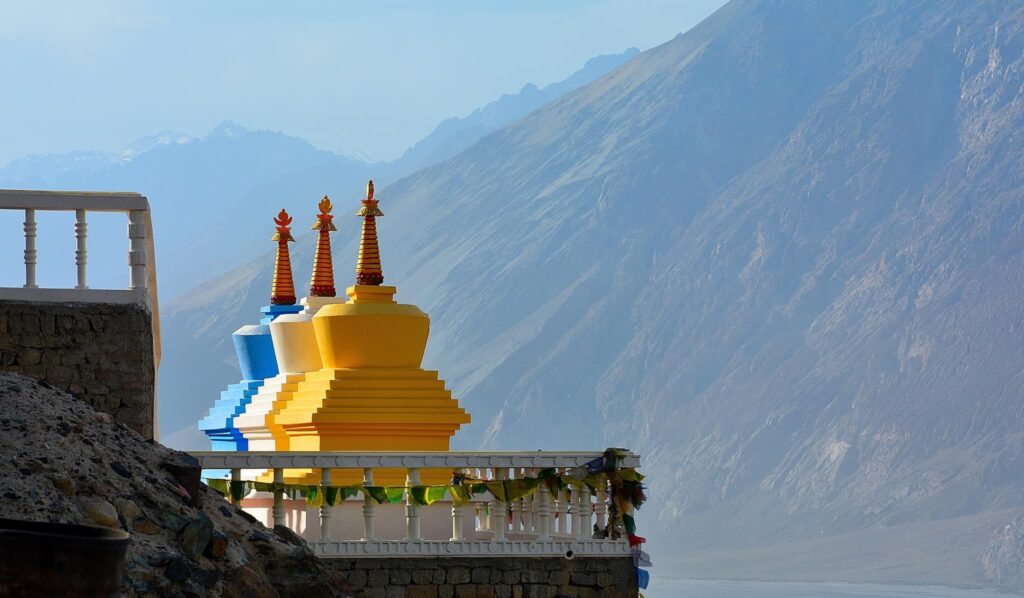
Due to its high altitude of almost 3,000 meters, it is recommended to pack a lot for the trip. High altitudes always mean that the place you are visiting is quite cold. In fact, winters here can last up to six months. The rest of the months are warmer and summer temperatures are pleasant during the day (around 20 degrees). However, the nights are mostly still cold due, again, to the high altitude.
During winter periods, the snow can be so overwhelming that the people living in the local villages can be completely cut off from the rest of Ladakh. During the winter months, most roads within Ladakh remain open, but the road to Zanskar is closed until May.
However, once the snow melts, the place is a heavenly destination of clean, fresh air and stunning scenery.
As a general rule of thumb, visiting in the summer months between May and August gives you the best chance to experience all this place has to offer.
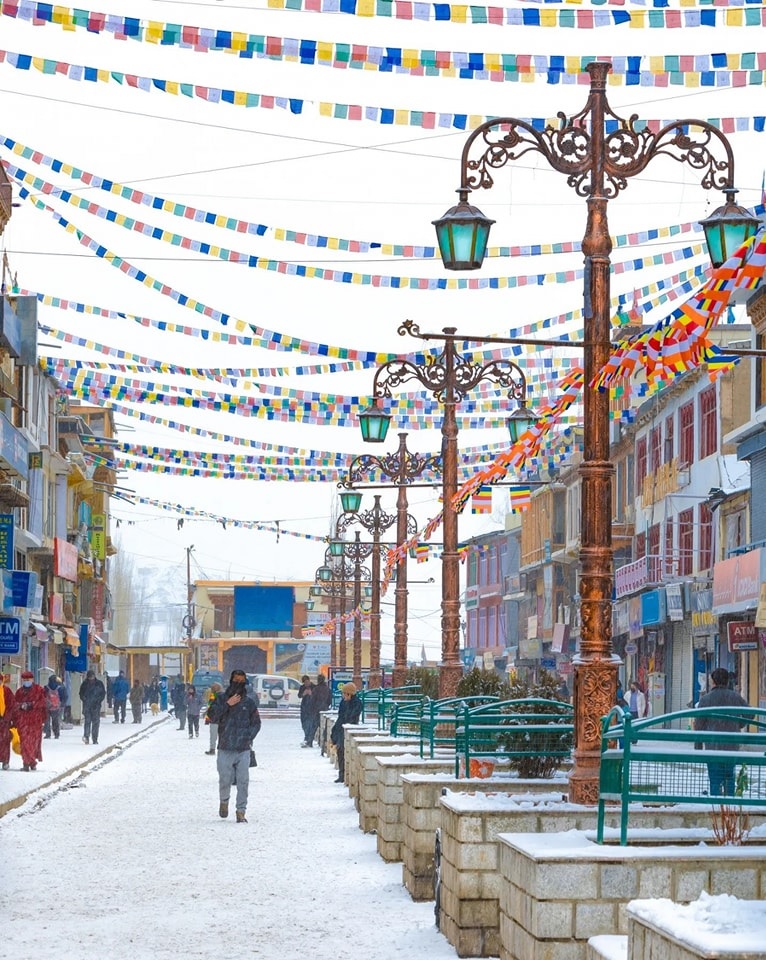
There are two ways to reach the mountain range of Ladakh. The most convenient way would be to take a plane directly from Delhi, Mumbai, Chandigarh.
However, getting to Delhi is much easier than getting to Ladakh, and you’ll probably have to get to that before you get to Ladakh. On another note, there is an airline that boards from the Bakula Rimpochee airport.
And your second option would be to drive there yourself or go by bus. However, the route is quite long, almost 1000 km from Delhi. This means that you will have to travel for a whopping 28 hours.
To explore the different parts of Ladakh, you can book a taxi for a few days. All taxis in Ladakh are registered with Ladakh Taxi Union and online booking can be done at Leh-Ladah Taxi Reservation. All tours depart from Leh, the capital of Ladakh. From there you can access all the places of interest in the region

We going to let you know the best places to see in Ladakh & When you will be there.
First, let’s start with the magnificent scenery that you can enjoy for the duration of your trip. The best that nature has to offer here are the Zanskar and Ladakh mountain ranges, which feature the mountains from all directions. There is nothing quite like these two mountain ranges in the world, and they are bound to be impressive.
Here, you will have numerous options to go and experience the slowly descending snow-capped peaks throughout the region. The most you can do here is to hike in the mountains. The Khardung-La Pass is probably the path you will mainly take when trekking in the mountains. If trekking isn’t your thing, you can drive to the Khardung-La Pass, the second highest road in the world that offers incredible views of the mountains.
From there, Drang Drung Glacier, Chadar Trek and Zanskar River are easily accessible.
Travel Guide to Ladakh
If you ask any of the locals what is the best thing to do as a foreigner, they will instantly tell you something called “The Arabian Nights”. What they mean by this is the Nubra Valley, which is essentially covered in sand dunes. sand that imitate the waves of the ocean during the windiest days.
It gets quite cold here at night, so you should always pack more. You can get to the Nubra Valley by car, just make sure you park it on the hill and not on the sand.
During the nights, you can live the thousand and one nights; Thousands of stars twinkling in the night sky, with nothing to interfere with it. This is only possible due to the high altitude of Ladakh and the fact that there is no light pollution in the air.
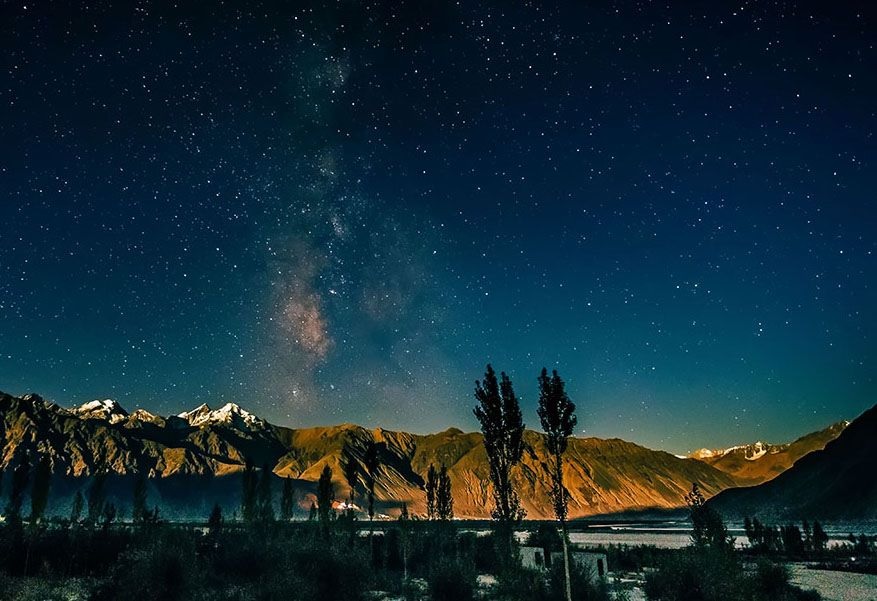
Zanskar Valley is one of the most iconic places in all of Ladakh. If you happen to visit it, it will take your breath away. Zanskar’s sheer beauty can only be explained by a royal visit. Writing about it is only committing your dishonesty.
The Zanskar River runs through the valley and one of the most popular activities you can do is rafting. Also, the blue-green waters of Zanskar are a pretty good picture.
And another very popular tourist destination is Pangong. Located in the eastern regions of Ladakh, the Pangong is a camping hotspot for thousands of people every year. It gets quite crowded during the season, from May to August, and you can always visit in the off-season if you really want to sample the beauty of the lake.
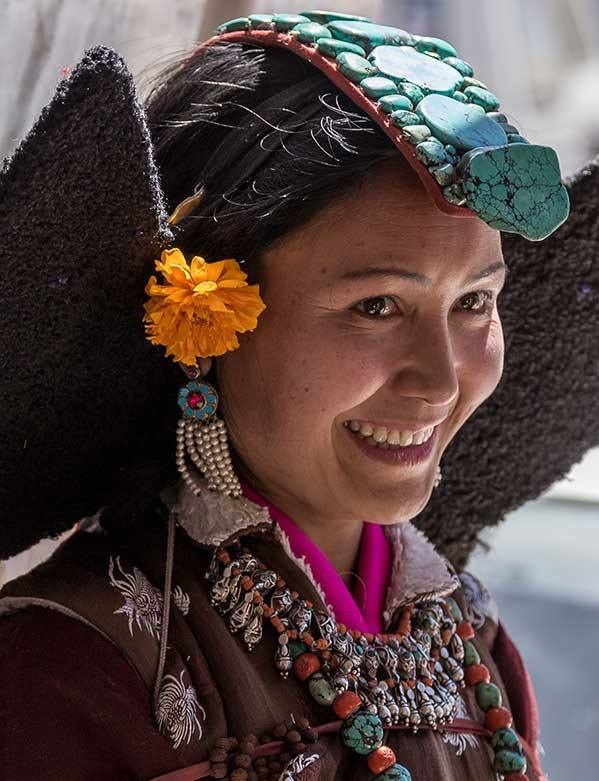
Travel Guide to Ladakh is a remote place belonging to a northern state of India, which for some reason does not receive as many visitors as the rest of the country. Why will it be? I was wondering. This region is somewhat far away and difficult to access. People generally don’t know about it. It doesn’t sound like it. Why? Perhaps it has to do with the fact that here you cannot enjoy the Hindu culture, which is one of the main reasons to go to India.
Well then what’s up Travel Guide to Ladakh? Ladakh is a region of the Himalayas inhabited by authentic Tibetans. Some call it the little Tibet, and for the Indians themselves, it is the favorite place to spend their holidays in India. Why? India is a country where chaos, over-population, traffic, and stress reign, and Ladakh is a place that differs from all these stereotypes. In Ladakh you breathe calm and silence; And combined with the sublime landscape and the Tibetan culture that inhabits every corner, sometimes you even forget that you are actually in India.
With all this, and based on my own experience, the following contains useful tips for your trip, be it prices, accommodation or transportation, as well as a summary of the main things to see and do by region, with the aim that you are more prepared and know what awaits you during your trip to Ladakh.
Otherwise, you want more detailed information about what to do or visit in Ladakh, I advise you to be inspired by any of the following:

Ladakh is a province that belongs to the state of Jammu and Kashmir, but now a new territory that extends from the Kunlun mountain range to the Himalayans mountain range. Ladakh is a region situated at a very high altitude. The capital Leh, is located 3,500 meters above sea level and has many peaks that exceed 6,000m.

Due to its high altitude of almost 3,000 meters, it is recommended to pack a lot for the trip. High altitudes always mean that the place you are visiting is quite cold. In fact, winters here can last up to six months. The rest of the months are warmer and summer temperatures are pleasant during the day (around 20 degrees). However, the nights are mostly still cold due, again, to the high altitude.
During winter periods, the snow can be so overwhelming that the people living in the local villages can be completely cut off from the rest of Ladakh. During the winter months, most roads within Ladakh remain open, but the road to Zanskar is closed until May.
However, once the snow melts, the place is a heavenly destination of clean, fresh air and stunning scenery.
As a general rule of thumb, visiting in the summer months between May and August gives you the best chance to experience all this place has to offer.

There are two ways to reach the mountain range of Ladakh. The most convenient way would be to take a plane directly from Delhi, Mumbai, Chandigarh.
However, getting to Delhi is much easier than getting to Ladakh, and you’ll probably have to get to that before you get to Ladakh. On another note, there is an airline that boards from the Bakula Rimpochee airport.
And your second option would be to drive there yourself or go by bus. However, the route is quite long, almost 1000 km from Delhi. This means that you will have to travel for a whopping 28 hours.
To explore the different parts of Ladakh, you can book a taxi for a few days. All taxis in Ladakh are registered with Ladakh Taxi Union and online booking can be done at Leh-Ladah Taxi Reservation. All tours depart from Leh, the capital of Ladakh. From there you can access all the places of interest in the region

We going to let you know the best places to see in Ladakh & When you will be there.
First, let’s start with the magnificent scenery that you can enjoy for the duration of your trip. The best that nature has to offer here are the Zanskar and Ladakh mountain ranges, which feature the mountains from all directions. There is nothing quite like these two mountain ranges in the world, and they are bound to be impressive.
Here, you will have numerous options to go and experience the slowly descending snow-capped peaks throughout the region. The most you can do here is to hike in the mountains. The Khardung-La Pass is probably the path you will mainly take when trekking in the mountains. If trekking isn’t your thing, you can drive to the Khardung-La Pass, the second highest road in the world that offers incredible views of the mountains.
From there, Drang Drung Glacier, Chadar Trek and Zanskar River are easily accessible.
Travel Guide to Ladakh
If you ask any of the locals what is the best thing to do as a foreigner, they will instantly tell you something called “The Arabian Nights”. What they mean by this is the Nubra Valley, which is essentially covered in sand dunes. sand that imitate the waves of the ocean during the windiest days.
It gets quite cold here at night, so you should always pack more. You can get to the Nubra Valley by car, just make sure you park it on the hill and not on the sand.
During the nights, you can live the thousand and one nights; Thousands of stars twinkling in the night sky, with nothing to interfere with it. This is only possible due to the high altitude of Ladakh and the fact that there is no light pollution in the air.

Zanskar Valley is one of the most iconic places in all of Ladakh. If you happen to visit it, it will take your breath away. Zanskar’s sheer beauty can only be explained by a royal visit. Writing about it is only committing your dishonesty.
The Zanskar River runs through the valley and one of the most popular activities you can do is rafting. Also, the blue-green waters of Zanskar are a pretty good picture.
And another very popular tourist destination is Pangong. Located in the eastern regions of Ladakh, the Pangong is a camping hotspot for thousands of people every year. It gets quite crowded during the season, from May to August, and you can always visit in the off-season if you really want to sample the beauty of the lake.

Copyright © 2025 Delighted Journey | All Rights Reserved.